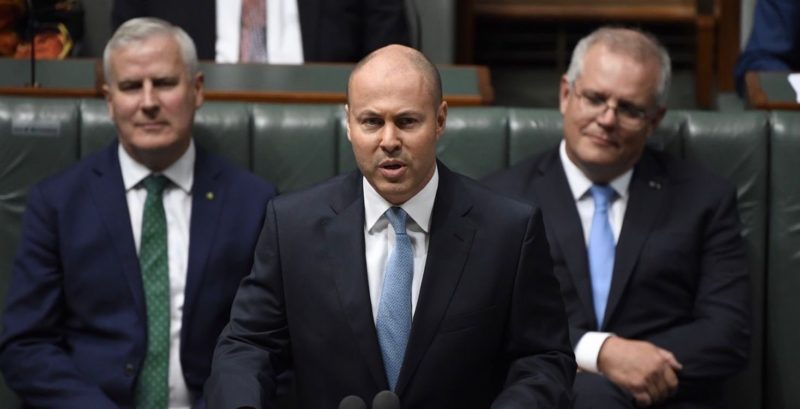Budget 2021: AAP receives funding boost, regional in focus and ACMA gains additional support
The Federal Government handed down the 2021 budget overnight, with several areas of the media, tech and regulatory sectors to receive funding boosts.
A joint release by Minister Paul Fletcher and Minister Mark Coulton recognised that the pandemic had created ongoing challenges for the arts sector, and also outlined the importance of digital service delivery for the economy going forward.

Josh Frydenberg hands down the 2021 Budget / Twitter

